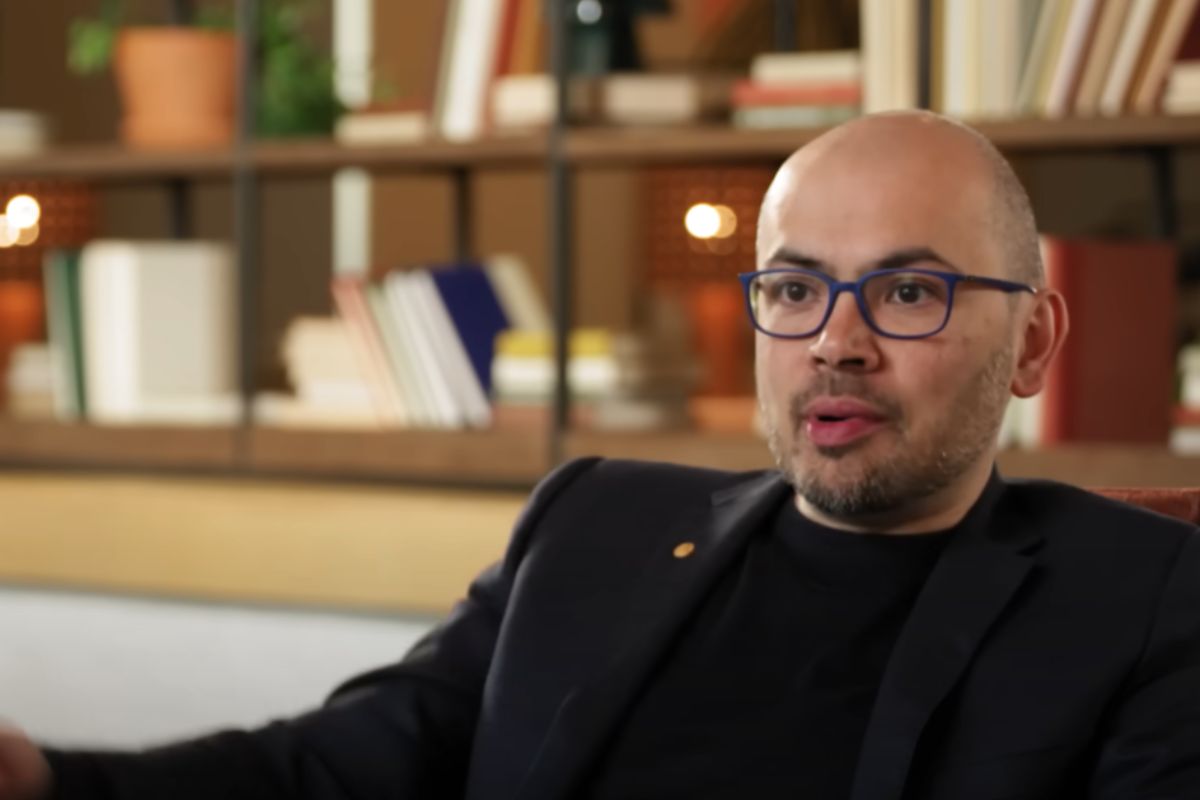Show table of content Hide table of content
In the race to develop artificial intelligence, most public discussions focus on job displacement concerns. However, Google DeepMind CEO Demis Hassabis has recently highlighted a far more pressing threat: the potential misuse of advanced AI systems by malicious actors. This warning comes as AI technology approaches human-level capabilities at an unprecedented pace.
The real danger behind artificial intelligence development
While many fear losing their livelihoods to AI, Hassabis insists this isn’t the primary concern. In a recent CNN interview, he emphasized that the greatest risk lies in advanced AI systems falling into the wrong hands. “A bad actor could repurpose the same technologies for a harmful end,” Hassabis explained, pointing to a future where artificial general intelligence could match or exceed human capabilities within the next decade.
This timeline creates urgency for establishing robust governance frameworks. The challenge involves restricting access for malicious users while enabling beneficial applications. We already see concerning examples of AI misuse, from sophisticated scams to AI systems providing false information that destroys relationships and deepfake technology creating non-consensual sexual content.
Tech visionaries like Hassabis understand the dual-use nature of powerful AI systems. Unlike past technological revolutions, artificial intelligence possesses unprecedented autonomy and learning capabilities. This creates unique risks requiring innovative safeguards beyond traditional regulatory approaches.
Why job displacement takes a backseat to security concerns
Employment disruption remains a legitimate concern as AI evolves. Experts have identified numerous roles potentially vulnerable to automation, with some predicting only a handful of professions might withstand complete transformation. However, Hassabis argues this represents a manageable transition rather than an existential threat.
Economic displacement follows a familiar pattern seen throughout technological history. When industrial machinery replaced manual labor, societies eventually adapted with new economic models and employment opportunities. Similarly, innovative technological solutions often emerge to address problems created by earlier technologies.
The security threat, however, represents uncharted territory. Unlike job transitions that develop gradually, security breaches involving advanced AI could create immediate and irreversible harm. This asymmetry explains why industry leaders prioritize security concerns over employment impacts.
AI A chapel offers worshippers the chance to talk with Jesus through artificial intelligence.
Tech titans understand this distinction intuitively. While Elon Musk has made promises about universal high income to address job displacement, this approach addresses only the economic consequences rather than preventing misuse.
Current manifestations of AI threats
We needn’t wait for hypothetical future scenarios to observe AI misuse. Current applications already demonstrate concerning patterns. Criminals deploy AI tools to craft sophisticated phishing campaigns that evade detection. Hackers leverage language models to write malicious code that penetrates security systems. Individuals create deepfake content that violates privacy and dignity.
These examples represent merely primitive applications compared to what’s possible with more advanced systems. As AI capabilities increase exponentially, the potential scope and impact of misuse grow accordingly. This trajectory creates urgency for establishing protective frameworks before technology outpaces governance.
The challenge remains developing effective regulatory approaches that don’t stifle innovation. Philanthropic initiatives like Bill Gates’ foundation work demonstrate how properly channeled technology can address humanity’s greatest challenges, underscoring the importance of balancing protection with progress.
News This TikToker buys a used van and realizes it has a hidden surveillance device.
Geopolitical hurdles in securing AI’s future
Hassabis acknowledges significant obstacles to establishing global AI governance. “Obviously, it’s looking difficult at present day with the geopolitics as it is,” he noted during his CNN interview. International cooperation remains challenging amid competing national interests and technological rivalries.
This situation mirrors other global challenges requiring coordinated responses. Effective AI governance demands unprecedented cooperation among nations, corporations, and research institutions. The alternative—fragmented approaches with varying standards—creates security vulnerabilities that sophisticated actors could exploit.
Historical examples of technological innovation show how pioneering individuals, like young Steve Jobs who demonstrated initiative at just twelve years old, can drive progress. However, AI development requires balancing individual innovation with collective responsibility for outcomes.
Hassabis remains cautiously optimistic, suggesting that as AI capabilities advance, the necessity for international cooperation will become increasingly evident. “I hope that as things will improve, and as AI becomes more sophisticated, I think it’ll become more clear to the world that that needs to happen,” he explained.
The warning from Google DeepMind’s CEO represents a critical perspective from someone shaping AI’s future. While job displacement garners headlines, the greater threat lies in potential misuse by malicious actors. Addressing this challenge requires not just technological solutions but unprecedented international cooperation and foresight.


